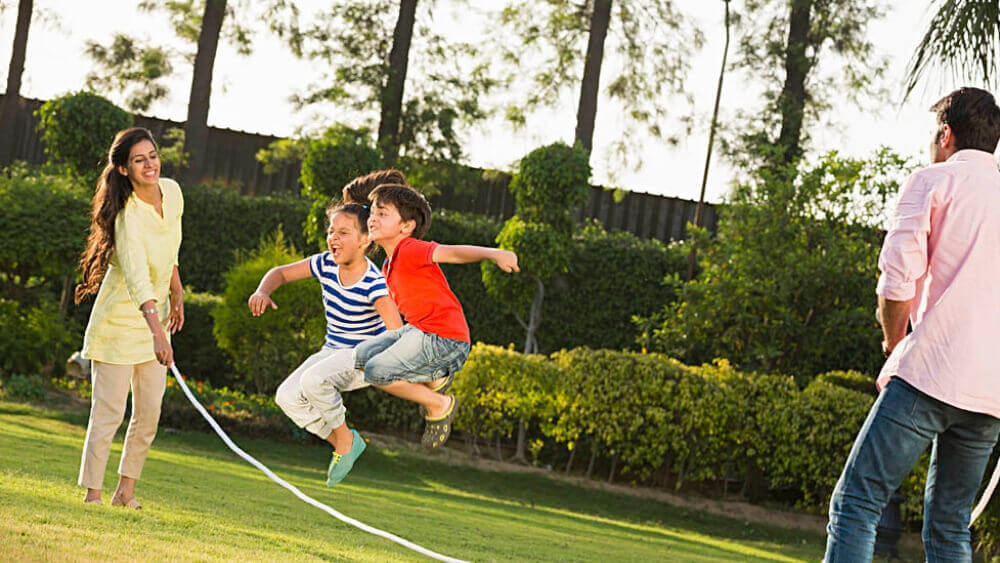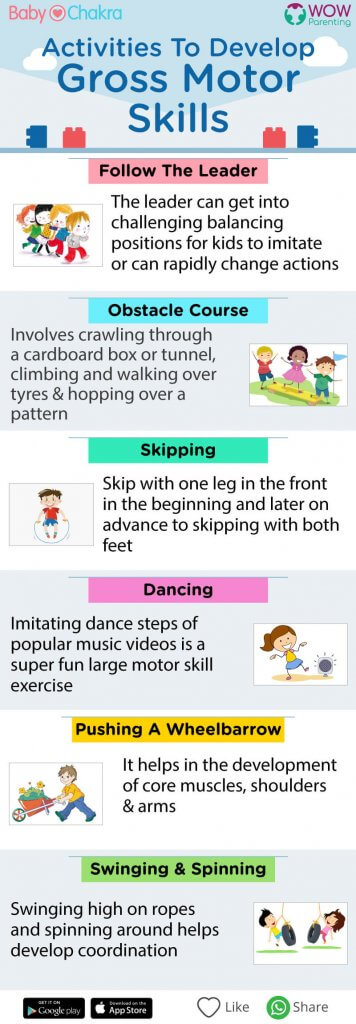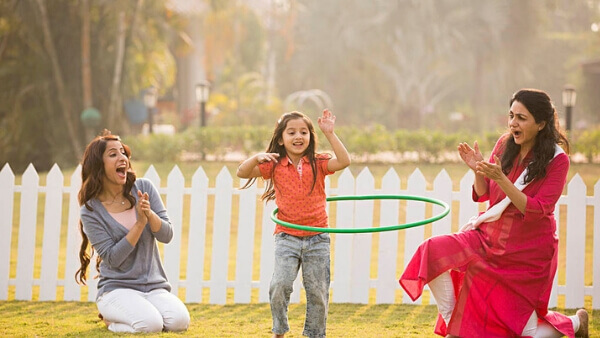Activities to develop gross motor skills in children

Introduction:
Gross motor skills are those which require whole body movement. It involves the large muscles of the body. It also helps develop hand-eye coordination skills. Gross motor skills enable children to perform everyday functions without any difficulty.
The best way to strengthen a child’s gross motor skills is by play! Running, jumping, dancing and fetching are great ways to encourage growing muscles to work together.
How to develop gross motor skills in children?

1. Follow the leader:
Children love to imitate. The leader can get into challenging balancing positions for kids to imitate or can rapidly change actions. This classic game is not only fun but also teaches kids to socialize. The game promotes awareness by observing how bodies are positioned and balanced. To act upon a plan for motion assists children to gain control over their body movements.
2. Obstacle course:
An obstacle course involves crawling through a cardbox box or tunnel. It also consists of climbing, walking and hopping over tyres in a pattern. All obstacles must be overcome in an order. It aids the child to develop memory by remembering the sequence. Incorporating various activities will leave them enjoying and learning multiple gross motor skills.
3. Skipping:
Skipping is about learning to leap with all limbs. It begins with skipping with one leg in the front and later on advances to skipping with both feet. The entire activity requires coordination to carry it out in a sequence. This leads to the brain into sequencing or linking of thoughts and actions into purposeful activities.
4. Dancing:
Imitating dance steps of popular music videos is a super fun large motor skill exercise. Some great examples can be Hokey Pokey, Open Shut Them or Wheels On The Bus. Turning on some music for a dance party works well to develop a child’s gross skills. Get the child to stomp, hop, jump and shake to the beat. It will help build muscle strength and movement capabilities.
5. Pushing a wheelbarrow:
Pushing a wheelbarrow helps in the development of core muscles, shoulders and arms. It increases upper body strength. In wheelbarrow races, postural or trunk control skills are developed. Hands are used to grip a handle. Pushing or grasping a cord as they pull strengthens their hand and leg muscles.
6. Swinging and spinning:
Swinging high on ropes and spinning around helps develop coordination. Jumping out of swings aids balance, locomotion, and coordination. Swinging helps in sensory integration. Spinning incorporates spatial awareness. It helps with inner ear balance giving children brain practice at organizing spatial information.

Closing Thoughts:
Choose age-appropriate games for little ones. Encourage games that develop balance, spatial and body awareness. Include activities that strengthen muscle and teach coordination. An ability to cross between hurdles using different sides of the body should be aided.
Strong gross motor skills will give children greater confidence on the playground. It enables them to engage in activities for longer. It also helps them tackle everyday tasks like getting dressed for school. They’re important building blocks for achieving future developmental milestones.




